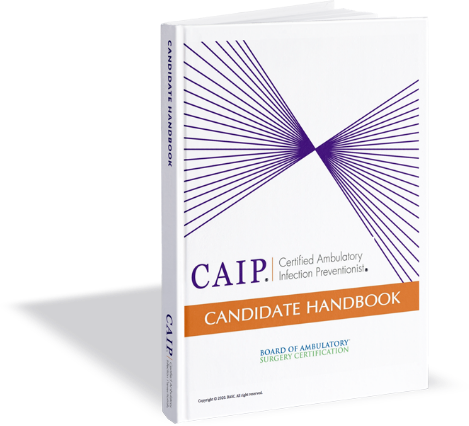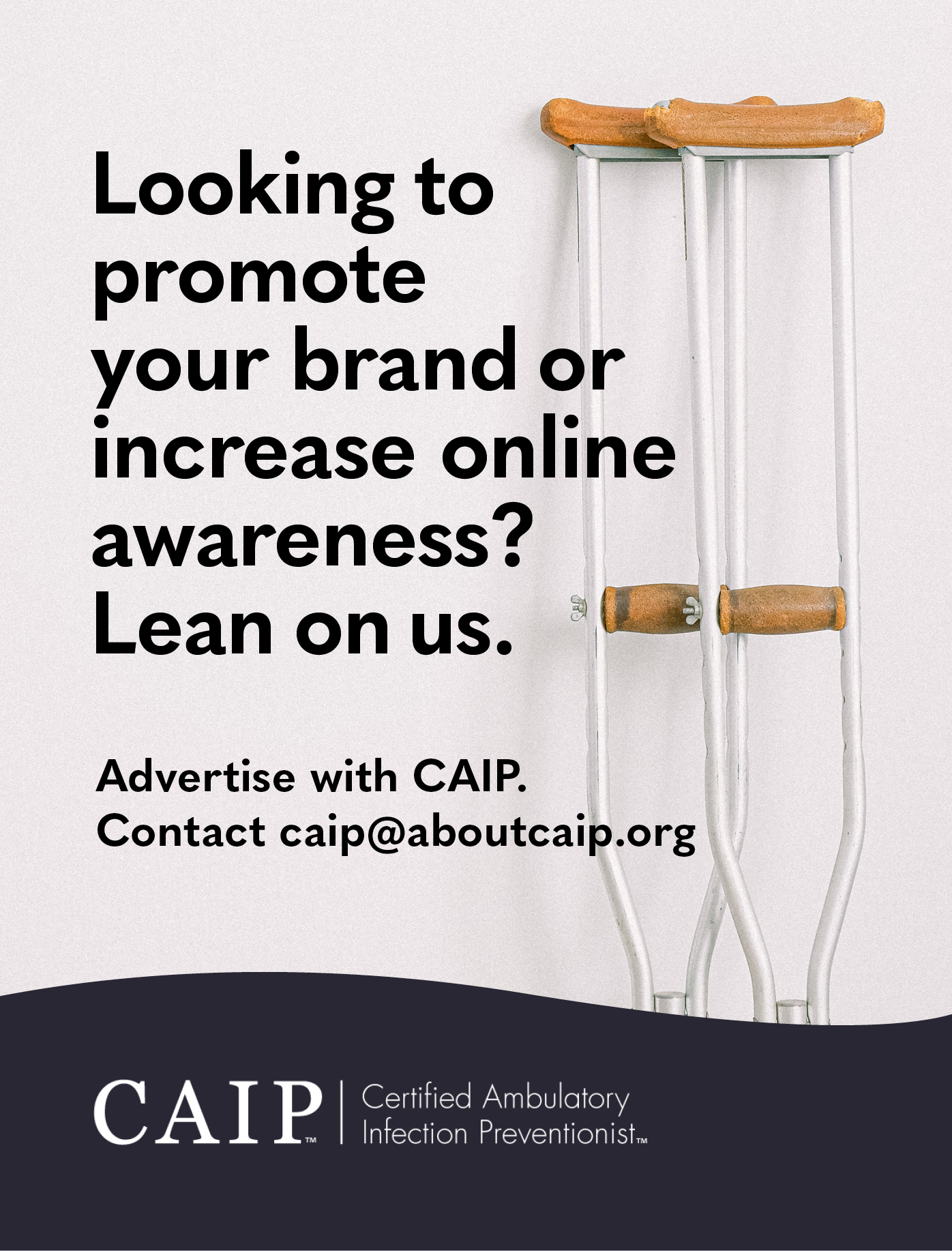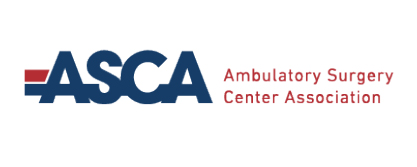CAIP Sample Exam Questions
There are 15 sample exam questions. Access the answers via a link provided at the end.
1. The role of the host in the disease transmission cycle is characterized as a
- A. portal of exit and a carrier.
- B. pathogen source and a reservoir.
- C. defense mechanism and portal of entry.
- D. contact and droplet transmission.
2. When managing a flu vaccination plan, an infection preventionist must
- A. offer the vaccination to the staff, at no charge.
- B. provide education and training on importance of vaccinations.
- C. mandate flu vaccination for all employees and providers.
- D. offer the flu vaccination from October through January.
3. In developing an effective infection control and prevention program, which of the following is the MOST important consideration?
- A. Instructing the operating room team on the importance of patient education for infection prevention.
- B. Guiding clinicians to include preoperative screening for current and past infections.
- C. Conducting an annual hand hygiene surveillance program.
- D. Implementing post-operative infection screening specifically for procedures with implants.
4. In performing disinfection for point-of-care devices, which of the following actions must be considered?
- A. Using alcohol on each device
- B. Following the manufacturer’s instructions for use
- C. Once-a-day disinfection
- D. Monthly use of high level disinfectant
5. Contact, droplet, and airborne are examples of which of the following types of precautions?
- A. Isolation
- B. Blood-borne
- C. Universal
- D. Standard
6. Which of the following is a Class I Clean surgical wound?
- A. Inguinal hernia repair
- B. Cholecystectomy
- C. Perforated bowel repair
- D. Gastrostomy tube placement
7. The HVAC design parameters for the decontamination room of an ambulatory surgery center should include
- A. negative pressure and minimum of six total air changes per hour.
- B. positive pressure and minimum of four total air changes per hour.
- C. negative pressure and minimum of four total air changes per hour.
- D. positive pressure and minimum of six total air changes per hour.
8. While conducting an audit of the temperature and humidity log, the following was noted:

Based on AORN recommended ranges, which of the following rooms is considered out of range?
- A. OR 1
- B. OR 2
- C. OR 3
- D. OR 4
9. It is critical that the early release of implants be communicated and documented in which of the following situations?
- A. Any tray that is released within 20 minutes of processing
- B. Prior to the biological indicator being processed and read
- C. Representatives release implant trays to the operating room from outside sources
- D. When an implant is released to the operating room
10. When developing an infection prevention and control program, the FIRST step involves
- A. collecting regulatory and best practice guidelines.
- B. developing protocols for employee health.
- C. developing infection prevention policies and procedures.
- D. collecting antibiotic usage data in community hospitals.
11. Which of the following HICPAC guidelines is strongly recommended for implementation and is strongly supported by well designed experimental, clinical, or epidemiological studies?
- A. Category IA
- B. Category IB
- C. Category IC
- D. Category II
12. From the following facility data, how many times should the infection prevention and control plan been updated and presented to leadership?
New sterilization equipment (1)
Outbreak of measles in the community (1)
Outbreak of salmonella in the community (1)
Annual review of Infection Control Program (1)
CDC guidelines added to the Infection Prevention and Control plan (2)
- A. 1
- B. 3
- C. 5
- D. 6
13. A new single specialty interventional radiology ASC is developing the infection prevention program. Dialysis patients are the primary population to be served. Which of the following are the top two factors that should be included in the annual risk assessment regarding this population?
- A. Cleaning and disinfection practices and standard precautions
- B. Risk of exposure to tuberculosis and infection control precautions during construction
- C. Number of physician shareholders and safe injection practices
- D. Staff education and antibiotic prophylaxis
14. Using the data presented below regarding surgical site infections (SSIs):
-
Quarter SSIs Volume 1st 2 350 cases 2nd 1 320 cases 3rd 1 300 cases 4th 2 400 cases
Which quarter would have the highest SSI rate?
- A. 1st
- B. 2nd
- C. 3rd
- D. 4th
15. Which of the following infections has the highest prevalence in a facility that performs a large volume of GI procedures?
- A. Streptococcus thermophilus
- B. Clostridium difficile
- C. Salmonella typhi
- D. Staphylococcus aureus

I have always felt that a certification in infection prevention and control needed to be developed for the ASC industry by ASC professionals.
CAIP is geared towards our needs and standards which, in some areas, are different from that of a hospital. In becoming CAIP certified, you will designate yourself as a certified professional in infection prevention in the ASC setting.”
TAMMERIA TYLER, RN, CIC, CAIP

Let’s get started. Download the CAIP candidate handbook today.
For potential candidates seeking information about the CAIP certification process.





